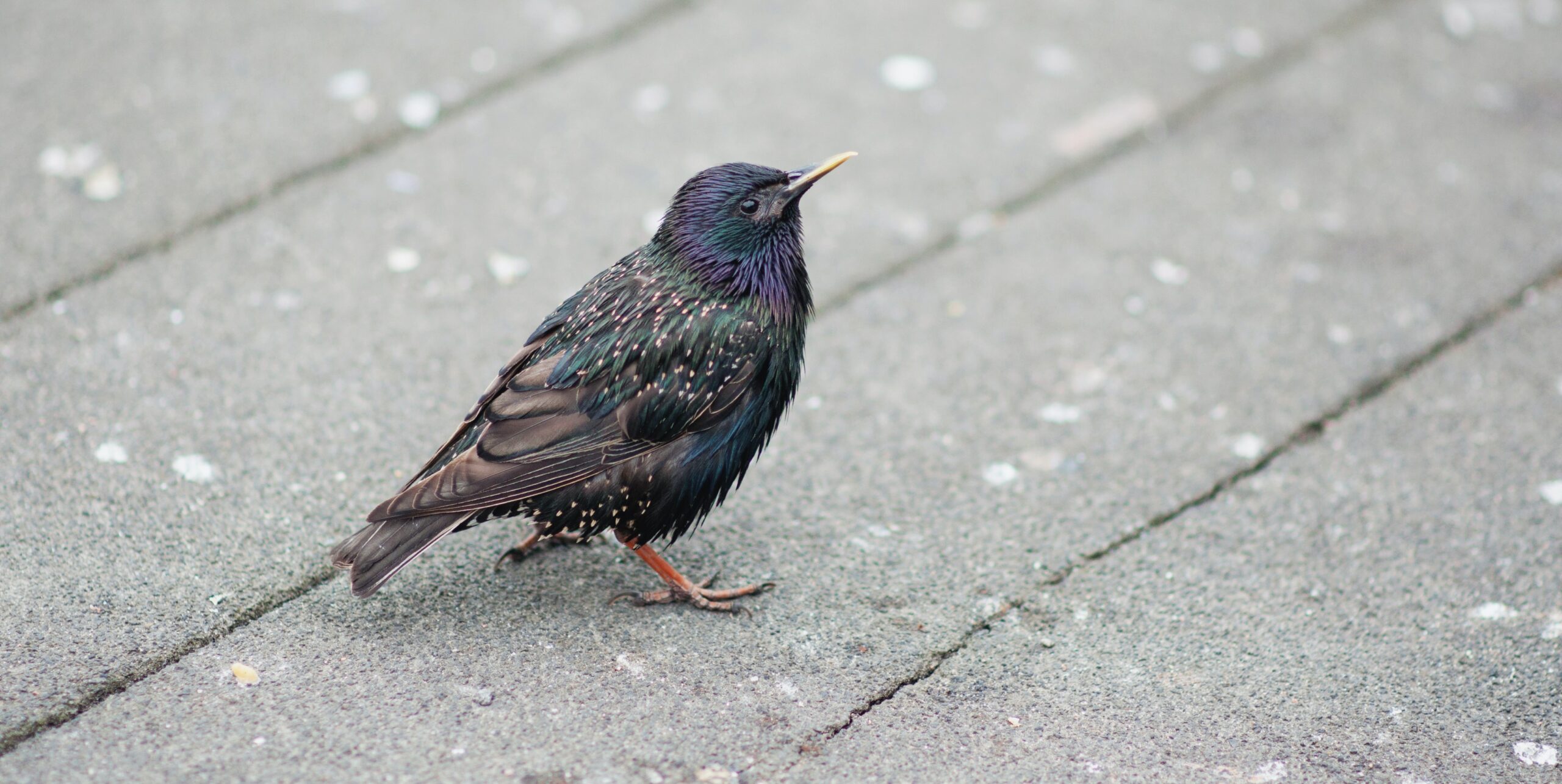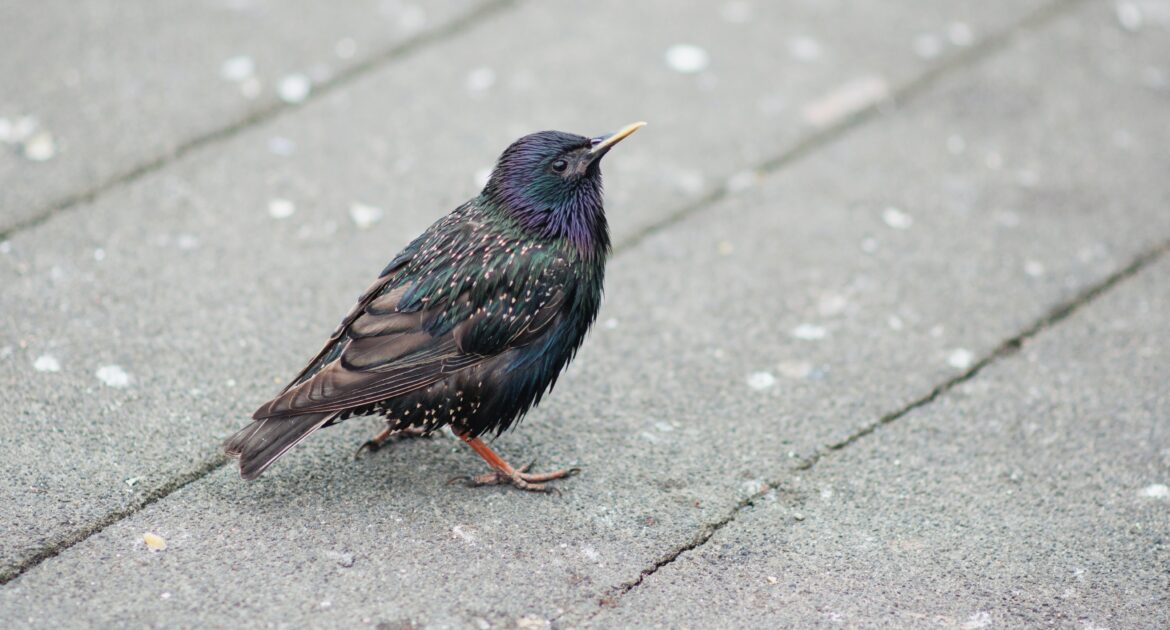As the winter months descend upon Blaine, the landscape transforms into a chilly haven, posing significant challenges for its feathered inhabitants. Birds are faced with harsh, biting temperatures and a scarcity of food sources, making survival quite a feat. Yet, despite these adversities, birds exhibit remarkable resilience and adaptability. They have developed an array of ingenious strategies to brave the cold and maintain their warmth, ensuring their survival through the frosty season.
Understanding how birds manage to stay warm and cozy during winter is essential for appreciating the astonishing adaptability of avian species. From their unique physical adaptations to their behavioral changes, birds have evolved to thrive even in the coldest environments. For instance, some birds migrate to warmer regions, raising the question, “Where do birds go in the winter?” On the other hand, those that stay behind have developed ways to conserve heat and find scarce food sources, answering the query, “How do birds survive in the winter?”
As we delve deeper, we will explore the various ways birds, bats, and other wildlife manage to stay warm and functional during winter. We will also touch upon the importance of humane wildlife control in Blaine, specifically referencing our partners at Skedaddle Humane Wildlife Control, who are experts in ensuring that birds and other creatures remain safe and undisturbed.
By understanding these survival mechanisms, we also learn practical methods to coexist with wildlife, including “how to keep birds away” from certain areas without harming them. Join us in uncovering these fascinating behavioral and physiological strategies that our avian friends utilize to endure the winter months.
Physical Adaptations
Birds have several remarkable physical adaptations that help them endure the biting cold of winter. These adaptations equip them to maintain their body heat and continue their daily activities despite the harsh conditions.
- Thick, Insulating Feathers: Birds possess a layering of thick feathers that act as natural insulators. These feathers trap warm air close to their skin, creating a barrier against the cold and helping them retain body heat effectively.
- Down Feathers: Beneath those outer feathers, birds have an additional layer of soft down feathers. This layer provides extra insulation, much like a high-quality thermal blanket, ensuring they stay cozy and protected from the frigid temperatures.
- Specialized Circulatory Systems: Birds have evolved unique circulatory adaptations known as countercurrent heat exchange. This system minimizes heat loss in their extremities, like legs and feet, by allowing warm blood flowing from the body core to heat up the cooler blood returning from the peripheries.
These physical traits underscore how adept birds are at adapting to their environments. By recognizing these ingenious strategies, we can better appreciate the resilience of our avian companions and learn to coexist with them harmoniously.
Behavioral Changes
In addition to their physical adaptations, birds exhibit a variety of behavioral changes during the winter to stay warm and ensure their survival. These behaviors demonstrate their incredible versatility and the lengths they go to maintain their body heat during harsh conditions.
- Flocking Together to Share Body Heat: One common tactic birds use is forming flocks to roost closely together. By huddling in groups, they can share body heat and significantly reduce individual heat loss. This communal behavior is particularly important during extremely cold nights.
- Sunbathing to Warm Up During the Day: Birds are known to take advantage of the sun’s warmth during daylight hours. They will often find sunny spots and align their bodies to maximize exposure to sunlight, effectively soaking up as much heat as possible. Sunbathing not only warms their bodies but also helps regulate their body temperature.
- Using Cavities and Other Sheltered Spots to Roost: Finding sheltered and enclosed spaces is another crucial behavior. Birds will seek out tree cavities, thick brush, or even man-made structures to roost at night. These sheltered spots provide protection from the biting wind and lower the risk of heat loss, enabling them to conserve energy.
Understanding these behavioral adaptations helps us appreciate the resourceful nature of our avian neighbors. By observing and learning from their strategies, we also gain insights into humane ways to coexist with them and ensure their safety during the cold winter months. To keep themselves alive during the harsh winter, birds undergo significant metabolic changes. They elevate their metabolic rate to generate more heat, effectively transforming themselves into tiny furnaces. This metabolic ramp-up ensures they remain active and alert, even when the world around them is frozen.
Stored fat reserves serve as vital energy sources. Throughout autumn, birds increase their fat intake to build reserves that sustain them through the leaner months. These reserves become their lifeline, helping them stay vigorous and active.
Adjusting their diet is another clever tactic. Birds consume higher-calorie foods to fuel their increased metabolic demands. By seeking out energy-rich foods, they ensure they remain lively and resilient against the cold.
Winter Survival Strategies: How Birds Beat the Cold!
For some feathered adventurers, the solution to winter’s challenges is to steer clear of the cold altogether. Migration is a time-tested strategy where certain species head to warmer climates to escape the bracing temperatures. This seasonal migration allows them to find abundant food sources and more favorable conditions.
Others adopt a hibernation-like state known as torpor. During torpor, birds significantly lower their metabolic rate and body temperature, conserving energy during periods of scarcity. It’s a remarkable tactic that allows them to “pause” on energy usage, preserving their strength for when conditions improve.
Winter roosting sites play a pivotal role in these airborne creatures’ survival strategies. Natural hideaways like hollow trees and cavities provide essential protection from the elements. These cozy spots offer shelter from wind and cold, creating a safe haven during harsh weather.
Abandoned nests and burrows also serve as refuges. Birds can reuse these structures to conserve energy and stay warm, making the most of existing resources.
Human-made structures, such as birdhouses and barns, also become vital refuges. These artificial shelters provide protection and warmth, bridging the gap when natural options are sparse.
Helping Birds Through the Winter
In summary, birds exhibit an extraordinary array of adaptations to survive the winter months. From physical traits like thick, insulating feathers and specialized circulatory systems to behavioral changes such as flocking together, sunbathing, and seeking sheltered roosting sites, these feathered creatures are masters at maintaining their body heat in the cold. Metabolic changes and strategies like migration and torpor also play crucial roles in their survival.
Given these fascinating survival skills, it is important to respect and appreciate these incredible creatures. At Skedaddle Humane Wildlife Control in Blaine, we recognize the value of our avian neighbors and are committed to humane solutions. Our team of experienced technicians can help you identify and manage bird infestations, providing effective exclusion services to keep your home safe and secure.
If you need help with bird control you can rely on our professional services. Contact us to request a quote or to learn more about how we can assist you. Together, we can ensure a harmonious coexistence with the birds that brighten our world.




